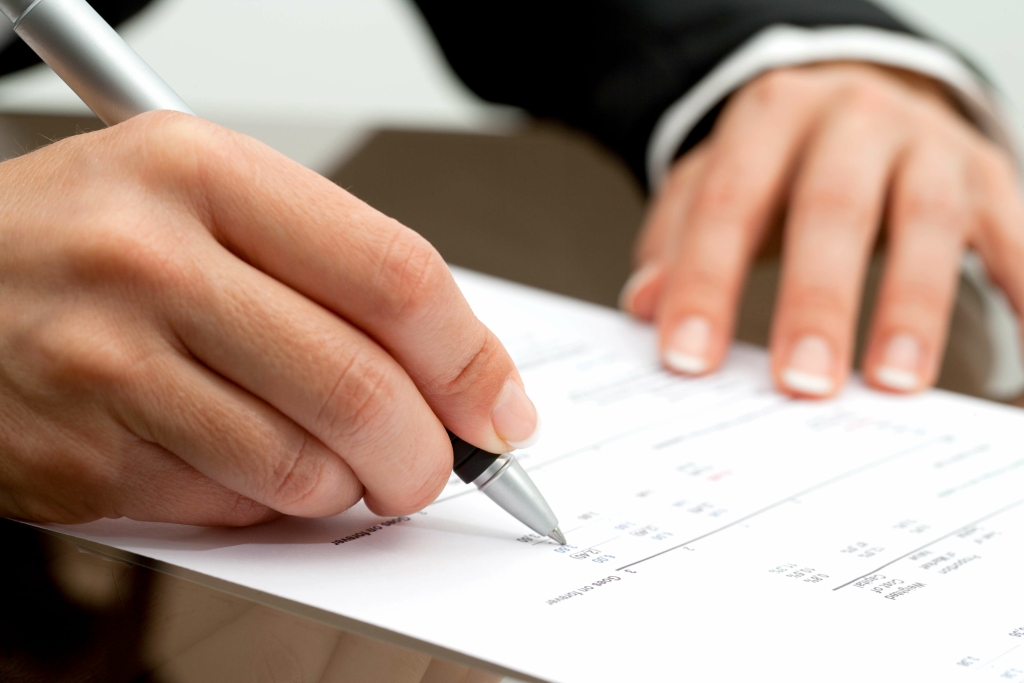
They’re recorded on the right side of the balance sheet and include loans, accounts payable, mortgages, deferred revenues, bonds, warranties, and accrued expenses. Current liabilities are a company’s short-term financial obligations that are due within one year or within a normal operating cycle. An operating cycle, also referred to as the cash conversion cycle, is the time it takes a company to purchase inventory and convert it to cash from sales.
What Is a Liability?
Someone on our team will connect you with a financial professional in our network holding the correct designation and expertise. We follow strict ethical journalism practices, which includes presenting unbiased information and citing reliable, attributed resources. Our team of reviewers are established professionals with decades of experience in areas of personal finance and hold many advanced degrees and certifications. Years later, those hired employees could be laid off due to a slowing economy.
Advantages of Total Liabilities
Because payment is due within a year, investors and analysts are keen to ascertain that a company has enough cash on its books to cover its short-term liabilities. Liabilities can be described as an obligation between one party and another that has not yet been completed or paid for. They are settled over time through the transfer of economic benefits, including money, goods, or services. Included in this category are sales and excise taxes, social security taxes, withholding taxes, and union dues.
- The type of debt you incur is important, says Dana Anspach, a certified financial planner and founder of Sensible Money LLC in Scottsdale, Arizona.
- Below are some of the highlights from the income statement for Apple Inc. (AAPL) for its fiscal year 2021.
- Liabilities are reported on a company’s balance sheet and determine its financial health.
- Here’s how to calculate the current ratio, a financial metric that measures your company’s ability to pay off its short-term debts.
- Current liabilities require the use of existing resources that are classified as current assets or require the creation of new current liabilities.
- Others, such as credit card debt racked up from buying clothes and dining out, aren’t going to add to your net worth.
What are some current liabilities listed on a balance sheet?
Current liabilities are used to calculate financial ratios which analyze a company’s ability to meet its short-term financial obligations. Current liabilities are generally a result of operating expenses rather than longer-term liabilities list investments and are typically paid for by a company’s current assets. Owner’s funds/Capital/Equity – Last among types of liabilities is the amount owed to proprietors as capital, it is also called as owner’s equity or equity.

This line item is in constant flux as bonds are issued, mature, or called back by the issuer. Michelle Payne has 15 years of experience as a Certified Public Accountant with a strong background in audit, tax, and consulting services. She has more than five years of experience working with non-profit organizations in a finance capacity. Keep up with Michelle’s CPA career — and ultramarathoning endeavors — on LinkedIn. Assets are broken out into current assets (those likely to be converted into cash within one year) and non-current assets (those that will provide economic benefits for one year or more). An asset is anything a company owns of financial value, such as revenue (which is recorded under accounts receivable).

Ideally, suppliers would like shorter terms so that they’re paid sooner rather than later—helping their cash flow. Suppliers will go so far as to offer companies discounts for paying on time or early. For example, a supplier might offer terms of “3%, 30, net 31,” which means a company gets a 3% discount for paying 30 days or before and owes the full amount 31 days or later.
Other Definitions of a Liability

Companies typically will use their short-term assets or current assets such as cash to pay them. Total liabilities are the combined debts and obligations that an individual or company owes to outside parties. Everything the company owns is classified as an asset and all amounts the company owes for future obligations are recorded as liabilities. On the balance sheet, total assets minus total liabilities equals equity. Banks, for example, want to know before extending credit whether a company is collecting—or getting paid—for its accounts receivables in a timely manner. On the other hand, on-time payment of the company’s payables is important as well.

Current vs. long-term liabilities
- An example of a current liability is accounts payable, or the amount owed to vendors and suppliers based on their invoices.
- Listed in the table below are examples of current liabilities on the balance sheet.
- However, if one company’s debt is mostly short-term debt, it might run into cash flow issues if not enough revenue is generated to meet its obligations.
- We have helped accounting teams from around the globe with month-end closing, reconciliations, journal entry management, intercompany accounting, and financial reporting.
- This debt category is often notably higher than other categories on the balance sheet of a larger sized company.[5]Verizon.